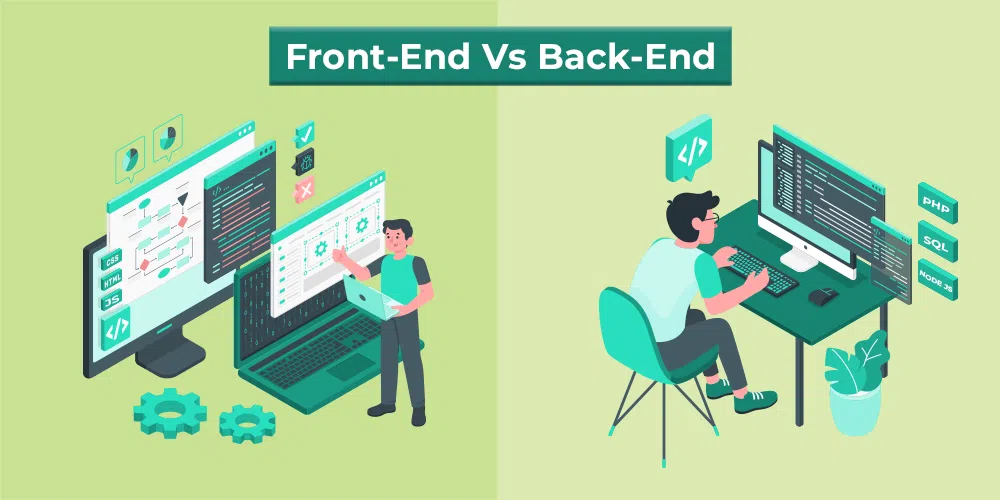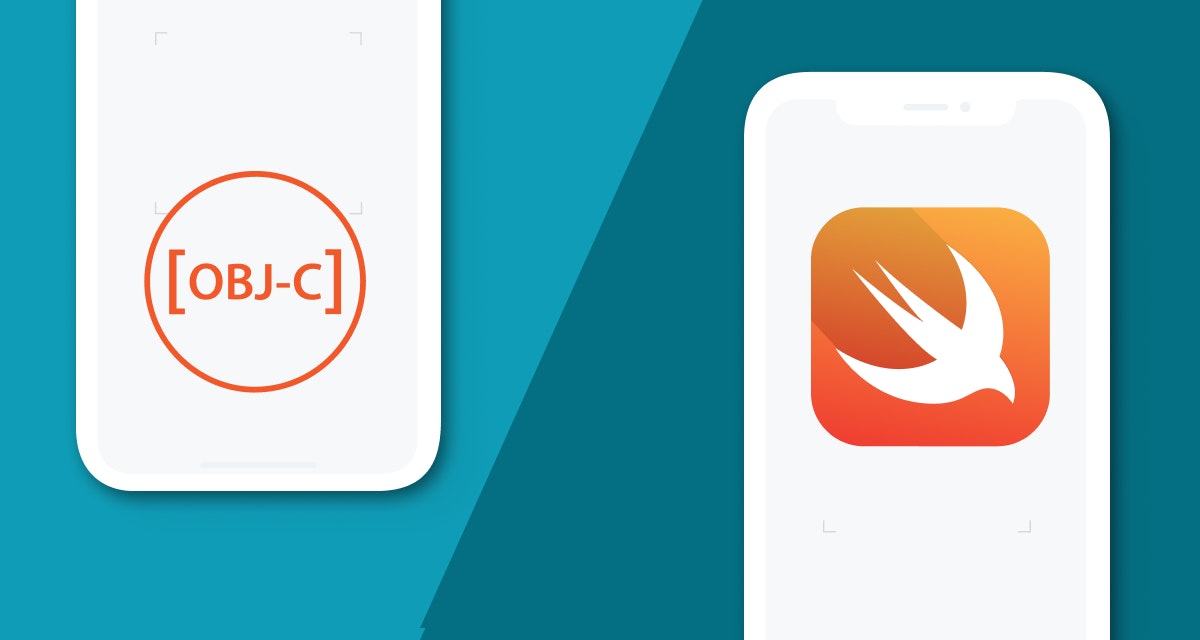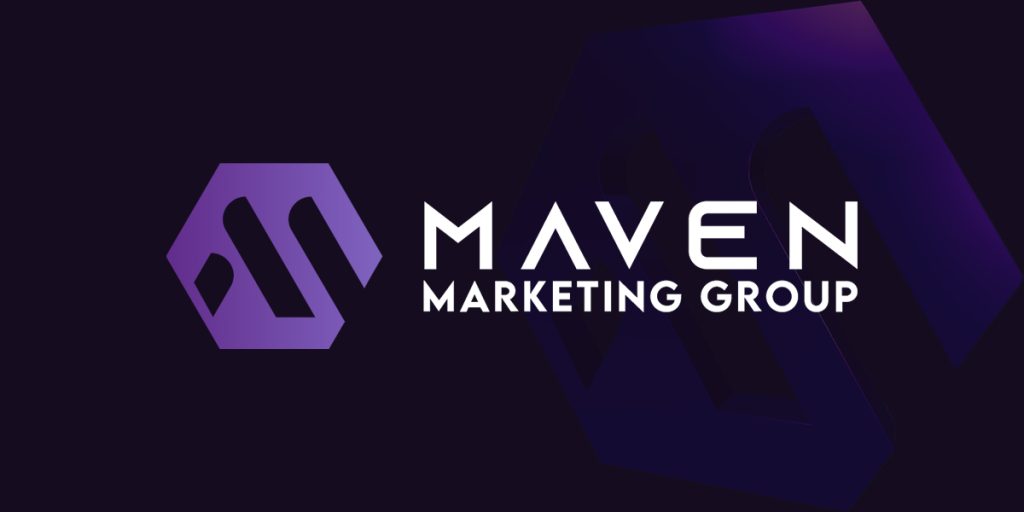Website design languages form the backbone of web development.
They enable developers to create dynamic and interactive websites.
What are the 3 Main Languages of Web Design?

HTML, CSS, JavaScript – these are the big three in web design languages.
HTML (HyperText Markup Language) is the skeleton of a webpage, providing its basic structure.
CSS (Cascading Style Sheets) adds style to this HTML skeleton, giving it colors and layouts.
JavaScript animates this styled skeleton, making it interactive.
For example, think about building a house.
HTML is like your bricks and cement – fundamental for construction.
CSS is like your paint and decor – essential for aesthetics.
JavaScript code is like your electricity – crucial for functionality.
Syntax and Semantics in Programming Languages
Syntax in programming languages refers to the set rules that dictate how programs for both front-end and back-end web development must be written.
Semantics, on the other hand, relates to the meaning behind these programs.
In web programming languages, both syntax and semantics play vital roles in ensuring accurate code interpretation by browsers.
Role of Libraries and Frameworks
Libraries are collections of pre-written code snippets that can be reused across multiple projects.
Programming the best programming languages, and web development frameworks are more comprehensive; they provide a structured approach towards front-end coding – imagine having a master chef guiding you through each step of your dish preparation.
Both libraries and frameworks speed up development time significantly by reducing repetitive tasks.
Compatibility Across Different Platforms
Imagine writing an awesome piece of music but only people with one specific type of instrument can play it.
That’s why compatibility matters so much in web development language selection.
Your website should render correctly irrespective of whether users access it from their desktops or mobile devices or which browser they use – Chrome, Firefox, or Safari.
Static vs Dynamic Languages
Static languages, like C++, require you to explicitly declare data types.
It’s like having a strict recipe where you need specific ingredients.
Dynamic languages, such as Python or JavaScript, are more flexible with data types.
Web developers often use a combination of static and dynamic languages to create efficient websites.
Importance of Scalability
Scalability is essentially your website’s ability to handle growth.
Imagine throwing a party for 10 friends and suddenly 100 show up! Can your website handle the crowd?
A scalable language allows your website to accommodate increased traffic without compromising performance.
Hence, considering scalability when choosing a web design language is crucial for future-proofing your site.














